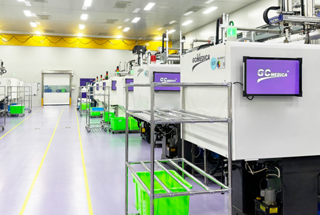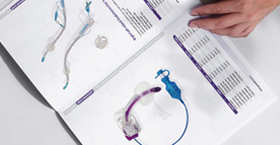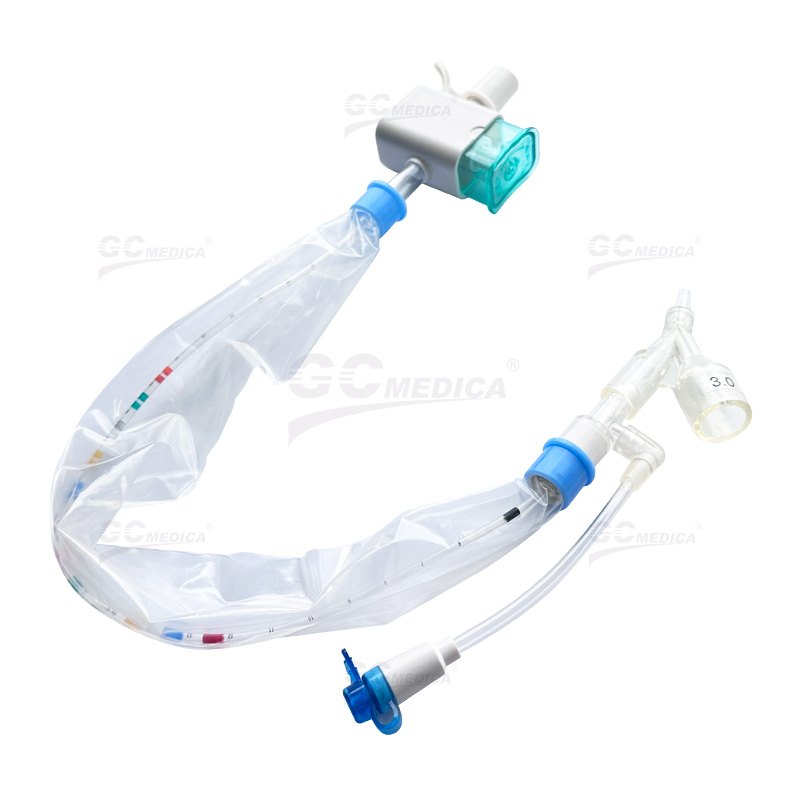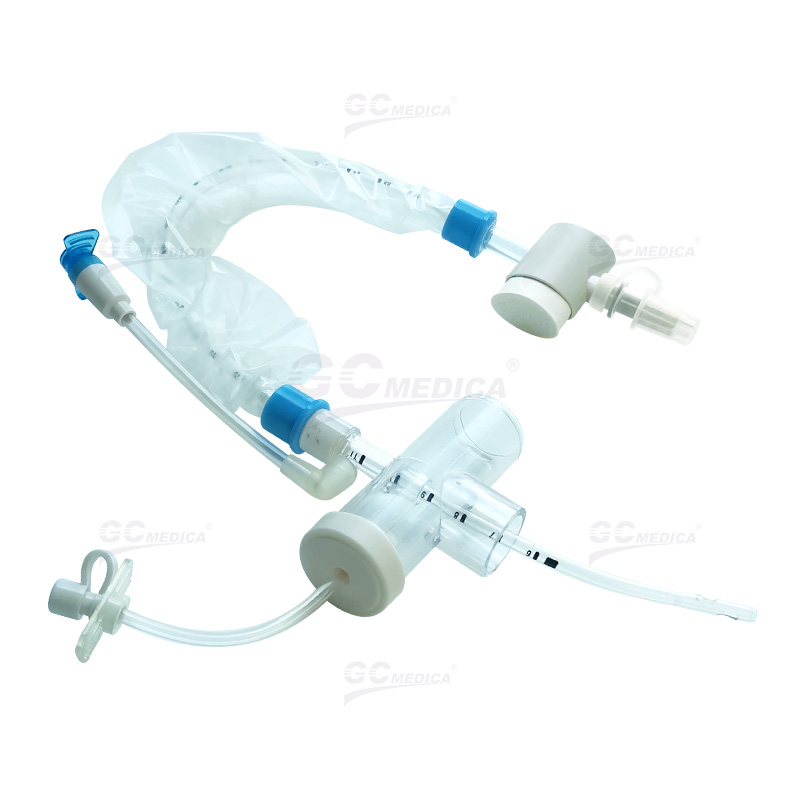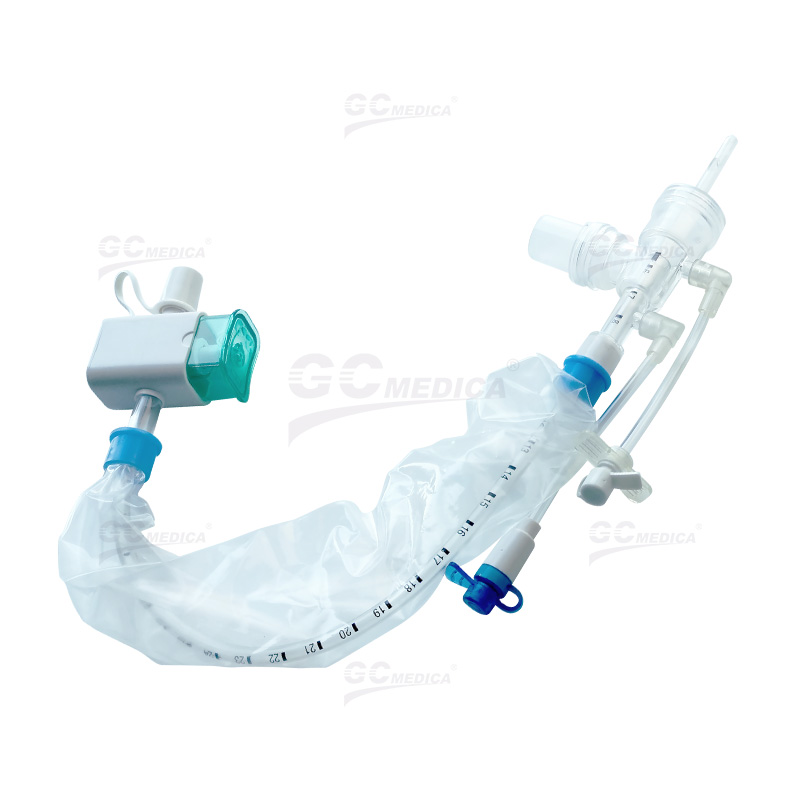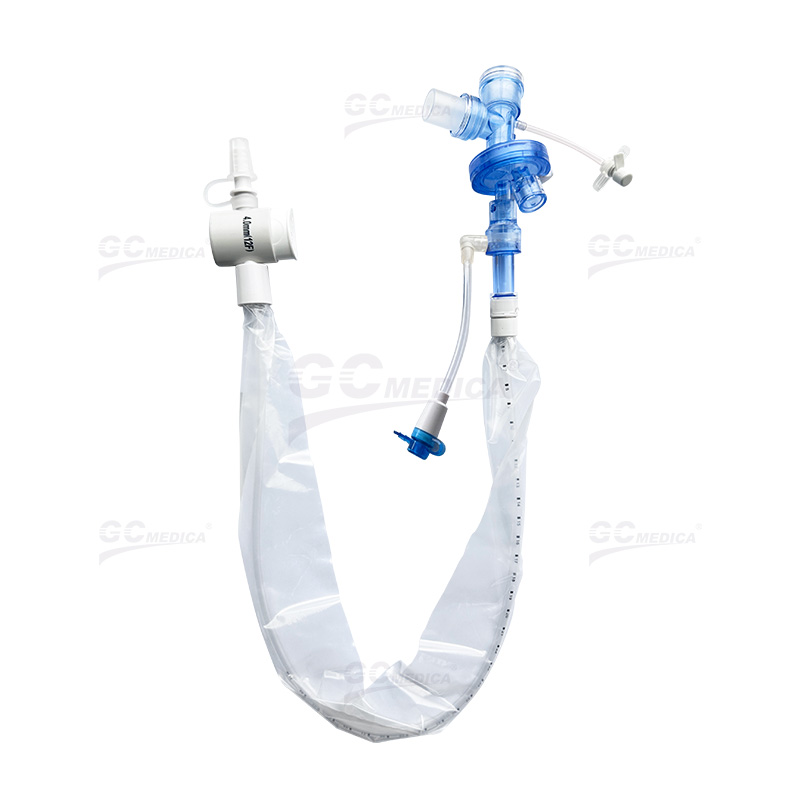Closed suction systems are an essential component in healthcare settings, especially for patients who rely on mechanical ventilation. These systems provide a safe and efficient way to remove secretions without disconnecting the ventilator circuit, minimizing infection risks and ensuring uninterrupted respiratory support. This buying guide explores key considerations and cost-effective solutions to help you choose the right closed suction system for your clinical needs.
Understanding Closed Suction Systems
Closed suction systems are designed to maintain a sealed environment during the suctioning process. By eliminating the need to break the ventilator circuit, these systems reduce the likelihood of contamination and the transmission of airborne pathogens. They are widely used in intensive care units, surgical settings, and emergency care to enhance patient safety and improve clinical outcomes.
| Pedi Y Connector Closed Suction Catheter | |
| Trach T-piece Closed Suction Catheter | |
| Double Swivel Closed Suction Catheter | |
| 72H Closed Suction Catheter | |
| Multi-Port Closed Suction Catheter |
Key Considerations for Buyers
When selecting a closed suction system, consider the following factors:
Compatibility: Ensure that the system integrates seamlessly with existing ventilation equipment. Compatibility is crucial for maintaining a secure and efficient circuit.
Ease of Use: Look for designs that offer intuitive operation and minimal disruption during use. Systems that simplify the suction process reduce the risk of user error and save valuable time in high-pressure environments.
Durability and Maintenance: A cost-effective solution should be durable and require minimal maintenance. Consider systems that offer easy-to-clean components and long service life.
Performance and Safety: Evaluate the system’s ability to effectively remove secretions while preserving the integrity of the ventilator circuit. Safety features such as anti-contamination filters and ergonomic designs are critical.
Cost Efficiency: Beyond the initial purchase price, consider the long-term costs associated with maintenance, replacement parts, and potential downtime. Analyzing the total cost of ownership will help you find a solution that meets budget constraints without sacrificing performance.
Cost-Effective Solutions in Closed Suction
Achieving cost efficiency doesn’t mean compromising on quality. Here are a few tips to ensure you get the best value:
Bulk Purchasing: Consider buying in bulk if your facility has multiple units. Volume discounts can significantly lower the overall cost.
Standardization: Adopting a standardized system across your facility can reduce training requirements and streamline maintenance, leading to long-term savings.
Long-Term Performance: Invest in systems known for their durability and low maintenance costs. While the upfront cost may be higher, the reduced frequency of replacements and repairs makes these systems more economical over time.
User Training: Effective training on proper usage can prevent common issues and extend the life of the system. An educated team is essential for maximizing the benefits of a closed suction system.
Tips for Making an Informed Purchase
Before making a final decision, take these additional steps:
Research and Compare: Look at detailed specifications, user reviews, and independent evaluations of various systems. This research can provide insights into real-world performance and reliability.
Consult Experts: Engage with clinical experts and technical staff who have hands-on experience with closed suction systems. Their practical knowledge can guide you in selecting the system that best fits your facility’s needs.
Trial and Evaluation: If possible, arrange for a trial period to assess the system in your specific environment. A trial can reveal how the system performs under actual clinical conditions and confirm its cost-effectiveness.
Conclusion
Closed suction systems are vital for maintaining patient safety and operational efficiency in modern healthcare environments. By carefully evaluating compatibility, ease of use, durability, performance, and overall cost efficiency, you can make an informed decision that meets both clinical and budgetary requirements. Remember, investing in a high-quality closed suction system not only enhances patient care but also contributes to long-term cost savings through improved efficiency and reduced maintenance needs.
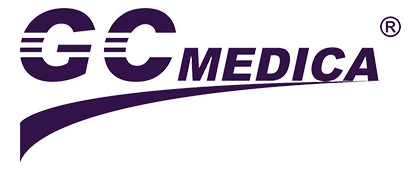

 Français
Français Español
Español Products
Products

 About Us
About Us




